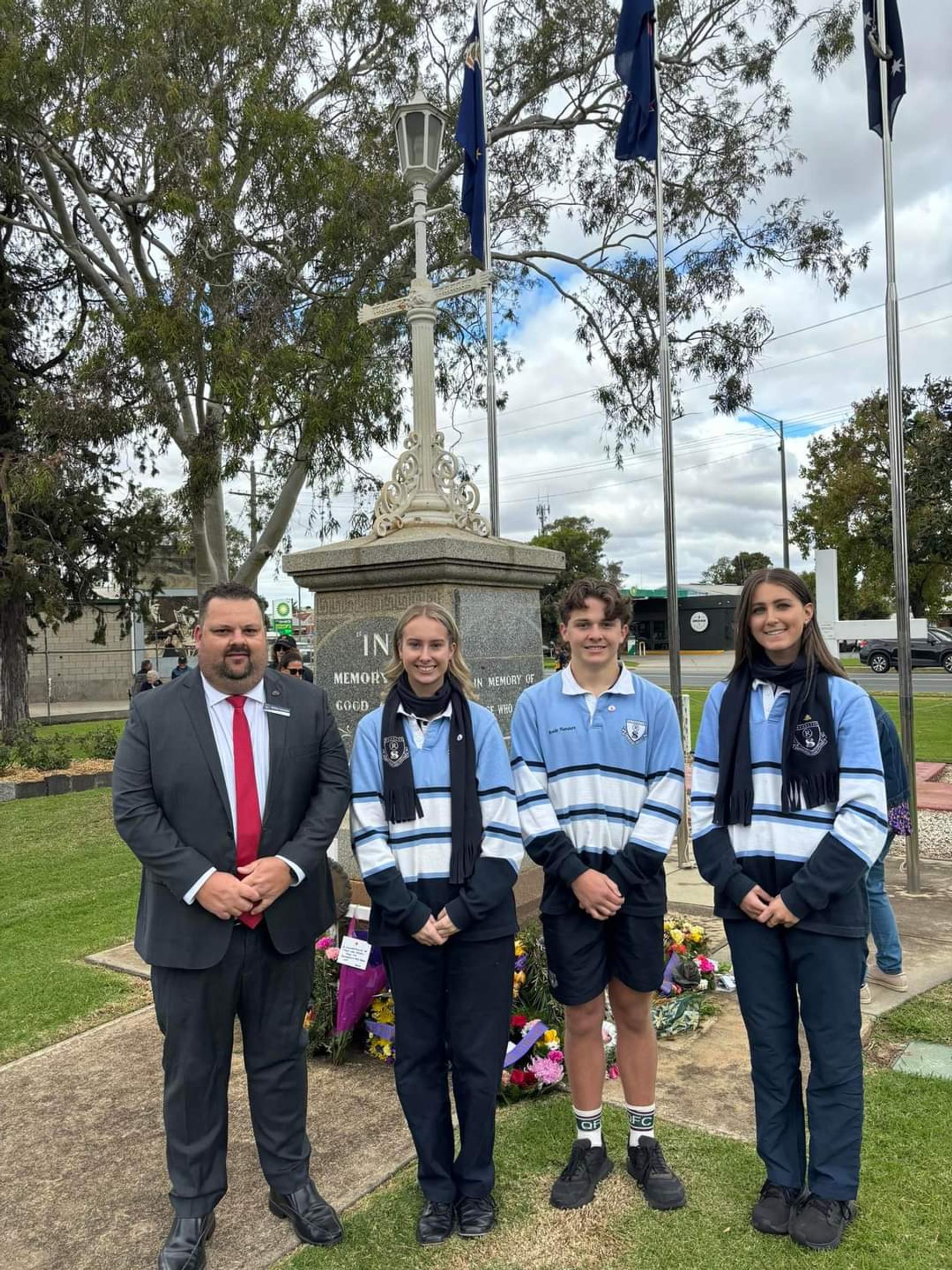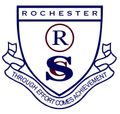Principal Report

This week the school had Brenda from Real Schools visit and assist staff complete more professional development around the Real Schools theories to assist in our whole school implementation of restorative practice. Restorative practices and adversarial methods represent distinct approaches to addressing conflicts, disputes and wrongdoing. The restorative approach is characterised by a holistic working method centred around building a robust relational culture.
The approach strongly complements our existing approaches, but will support further improvements. Staff will continue this journey throughout our Real Schools partnership and beyond. Further information for parents can be found in the newsletter.
I would also like to take this opportunity to welcome to the Rochester Secondary College community two new staff members who have began this term. Brad Colliver is teaching some Technology and Project Based Learning classes and Hannah Taylor who is teaching some Humanities classes.
Attendance
At Rochester Secondary College, we know that attendance is important for students to help them to achieve successful outcomes and best prepare them for the big wide world that awaits them post secondary school.
This is why coming to school each and every day is so important. We encourage every student, when they are well, to come to school every day so it maximises their learning opportunities.
Evidence suggests students who attend school more often achieve greater academic achievement and increased post school opportunities.
Every day of absence makes a difference. The effect of one day of absence, while relatively small, adds up quickly as more and more days are missed. The effect of missing days accumulates over time – school absence not only impacts achievement in the year in which the days are missed, but in future years as well.
If your child cannot attend school, please ensure that you notifiy the school either through Xuno, sending a note or calling the office.
Student Attitudes to School Survey (AToSS)
On the May 13th , we will be conducting our annual Student Attitudes to School Survey (AtoSS), a program offered by the Department of Education to help schools understand students' perceptions and experiences. This survey plays a crucial role in capturing student voice as a way to enhance engagement, wellbeing, and instructional quality. We will be asking your child about their thoughts and feelings related to their school experience, learning, peer relationships, resilience, bullying, health and wellbeing, physical activity, and life in general.
Child Saftey
Rochester Secondary College is committed to providing a child safe and child friendly environment, where students are safe and feel safe.
As part of our upcoming school reveiw, we are currently updating our child safety and wellbeing policies to ensure measures and strategies are in place to support, promote and maintain the safety and wellbeing of our students. These policies are:
- Child Safety and Wellbeing Policy
- Child Safety Code of Conduct
- Child Safety Responding and Reporting Obligations Policy and Procedures
- Child Safe Standards Risk Register
All of these updated child safety documents will be uploaded to our website in the coming weeks and hard copies are available from the school office upon request.
We are committed to continuous improvement in our approach to child safety and wellbeing and welcome feedback from families and members of our school community on ways we can further strengthen our child safety policies, procedures and practices.
If you have any suggestions, comments or questions, please contact me.
The Child Safe Standards are:
- Standard 1: Aboriginal cultural safety
- Standard 2: School leadership, governance and culture
- Standard 3: Children are safe, informed and actively participate
- Standard 4: Family engagement
- Standard 5: Equity and diverse needs
- Standard 6: Suitable staff and volunteers
- Standard 7: Complaints processes
- Standard 8: Child safety knowledge, skills and awareness
- Standard 9: Physical and online environments
- Standard 10: Review of child safety practices
- Standard 11: Implementation of child safety practices
More details on the Victorian Government’s Child Safe Standards can be found on the PROTECTwebsite.
Cheers,
Matt Koutroubas
